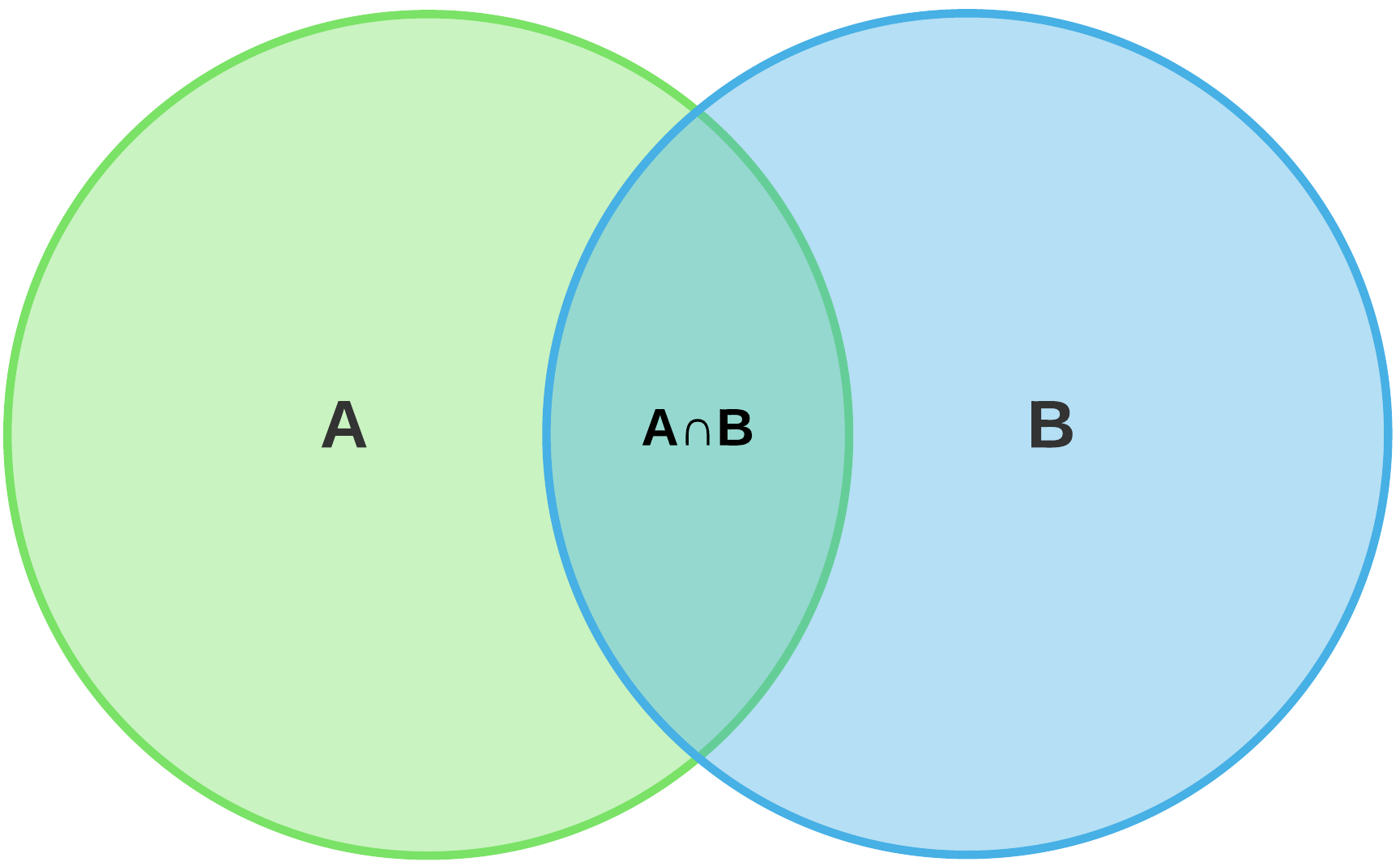Venn Diagram of Your Optimal Book of Business

When was the last time you read your book of business? After all, this term refers to your list of accounts or clients. And, to keep your business growing, you need to regularly add new accounts and/or clients.
As you continue to acquire new clients, you need to add their information to your book of business. Also, don’t forget about reviewing and updating clients whom you’ve worked with previously. That data can be used to help you identify your target audience. But, more importantly, keeping in touch with them will put you at the top of their minds when they have an insurance need that must be filled.
While names and contact information are essential entries to your book of business, you want it to be as detailed as possible by containing the following relevant information;
- Demographics, such as age, location, and occupation
- Revenue generated by the client
- Transaction history
- Potential future needs
- Assets under management (if applicable)
- Referrals (if any)
For example, maybe you found out that a client has had a child or expanded their business. When they contact you for additional coverage, you can congratulate them. It’s a simple and effective way to maintain a strong relationship with them.
Or, you could take the initiative and reach out to them. Perhaps you could send them a congratulatory. And, now that you’ve opened the lines of communication, they’ll follow up with questions pertaining to their policy.
Depending on the size of your business and how many clients you have, you may not be able to offer this same level of personal satisfaction to everyone. But, if define your book’s value by the revenues each client contributes to your coffers either monthly or yearly, you might want to invest more time interacting with your more high-profile clients.
But, to compose an optimal book of business, you should consider using a Venn diagram.
As a refresher, a Venn diagram is simply two or more circles that overlap with each other to show the similarities between the circle properties. So, in this case, every underwriter should build a book that has;
- Circle 1: Profitable clients
- Circle 2: Non-correlated clients
- Circle 3: Loyal clients.
Being able to identify these sets will help you build a better client acquisition and renewal process. In return, this will help your business thrive.
But, how can you get there? Well, let’s show you how.
How do you identify profitable clients?
If you want to grow sales, then you need to focus on your most profitable customers. To find this out, you could conduct an individual customer analysis by determining;
Total spending over a specific period by examining weekly, monthly, or annual figures. The key is using a time period that best suits your business.
Costs of goods or services provided. You want to focus on your direct costs to provide a service.
Cost of “additional” services. What clients require more administrative or sales support than others? Compare this with your “average” customers by capturing the “additional” cost of servicing these individuals.
When you have the information above, do the math. Make sure that you do not include fixed costs. Next, you’ll need to take the customer’s purchased gross revenue and subtract the cost of services sold, minus the additional cost to service this particular customer. Whatever remains is the profit margin for that specific client.
You should also consider the risk by examining factors like age, health status, driving record, and occupation. Other variables include;
- Clients who have purchased a bundle or variety of services
- Those who have signed either short or long-term contracts
- Clients who have provided referrals
During this process, you may also spot clients who have cost you money. You may want to let them go. As for your most profitable clients, think of ways that you can increase the amount of business you do with them. For example, can you sell them additional services, customized plans, or more favorable service terms?
How do you identify non-correlated clients?
As you’re aware, the two major categories of exclusion in insurance underwriting are moral hazard and correlated losses.
With a moral hazard, the consequences of the actions taken by the customer are insured. As such, the client may be willing to engage in costly actions, such as speeding.
Correlated losses are those that may be able to affect a large number of customers at once. Because of this, it has the potential to bankrupt the insurance company. This explains why the industry covers fire or falling trees in a typical homeowner’s policy as these events usually only affect an individual home. However, because floods or earthquakes can affect many houses at the same time, these are not covered.
“To illustrate the impact of correlated risks on the distribution of losses, assume that there are two policies sold against risk where p = 0.1, Lv = $100, where p is the probability of a loss and L is the magnitude of the loss,” notes John Wiley & Sons Ltd in the “Encyclopedia of Quantitative Risk Analysis and Assessment.” The actuarial loss for each policy is $10. If the losses are perfectly correlated, then there will be either two losses with a probability of 0.1, or no losses with a probability of 0.9.”
“On the other hand, if the losses are independent of each other, then the chance of two losses decreases to 0.01 (ie, 0.1 × 0.1), with the probability of no losses being 0.81 (ie, 0.9 × 0.9). There is also a 0.18 chance that there will be only one loss (ie, 0.9 × 0.1 + 0.1 × 0.9). The expected loss for both the correlated and uncorrelated risks is $20.”
“However, the variance is always higher for correlated than for uncorrelated risks if each has the same expected loss. If a risk-averse insurer faces a highly correlated loss from one event, it will want to set a high enough premium not only to cover its expected losses but also to protect itself against the higher probability of experiencing catastrophic losses due to the higher variance. Thus, risk-averse insurers will always want to charge a higher premium for correlated risks than uncorrelated risks.”
Other ways to identify non-correlated clients? Consider gross versus combined ratio data or accident year versus calendar year.
How do you identify loyal clients?
There’s a tendency to overlook the value of loyal customers. However, it’s been found that a 5% increase in customer retention can increase profits between 25% and up to 125%. But, how exactly can you identify your most loyal clients so that you can retain them?
For starters, pay attention to the following characteristics;
- They’ve made repeat purchases
- They’re engaged with your loyalty program
- They follow you on social media and/or subscribe to your newsletters
- They’re not impacted by prices or your competitors
Secondly, you also want to measure the following KPIs;
- Revenue per policyholder
- Average cost per claim
- Renewal/retention
- Policy lapse ratio
- Average customer stratification
- Number of referrals
Better data quality can help you with all three goals.
Organizing your clients, keeping up with their needs, and identifying the future paths of growth are vital to growing your business. At the same time, this can be a time-consuming and tedious process. But, with better data quality, you can reach all of these goals.
For example, AI and machine learning can use data to identify your most profitable, non-correlated, and loyal customers — often faster and more efficiently than humans. It can then use predictive learning to keep customers well-stocked. It can also provide personalized recommendations, optimize prices, create loyalty programs, and more effective engagement with chatbots. What’s more,



